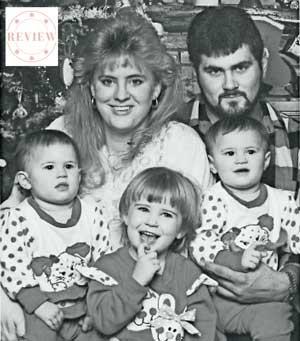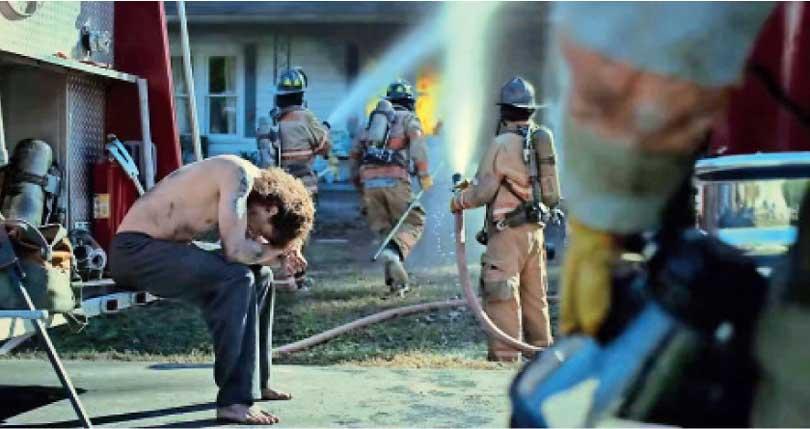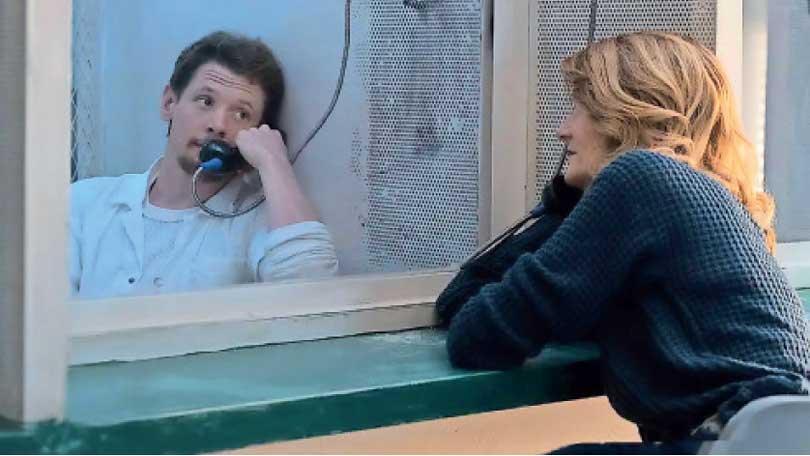16 Nov 2020 - {{hitsCtrl.values.hits}}
There is no justice in killing in the name of justice
 For this week’s review, I’ve decided to direct your attention to a western movie of brilliant execution, one which played a major role in changing my perspective on a rather grave subject. Before happening upon this movie, I was pro-death penalty. I believed that, as the Roman statesman Cicero put it, the punishment must match the offence. Cameron Todd Willingham was a twenty-three-year-old unemployed auto mechanic living with his twenty-two-year-old wife, Stacy, two-year-old daughter Amber, and one-year-old twin girls, Karmon and Kameron, in a working-class municipality of Corsicana, Texas.
For this week’s review, I’ve decided to direct your attention to a western movie of brilliant execution, one which played a major role in changing my perspective on a rather grave subject. Before happening upon this movie, I was pro-death penalty. I believed that, as the Roman statesman Cicero put it, the punishment must match the offence. Cameron Todd Willingham was a twenty-three-year-old unemployed auto mechanic living with his twenty-two-year-old wife, Stacy, two-year-old daughter Amber, and one-year-old twin girls, Karmon and Kameron, in a working-class municipality of Corsicana, Texas.
Amid biased testimonies and lack of credibility of witnesses, Willingham was sentenced to death and was executed by lethal injection on February 17, 2004
On December 23, 1991, two days before Christmas Eve, eleven-year-old Buffie Barbee-the Willingham’s neighbor two doors down-responded to the stench of smoke by alerting her mother. Together they rushed up the street to find the fire devouring the Willingham’s wood-frame residence and a desperate Willingham standing on his front porch in nothing but a pair of jeans, his chest coated with soot and his hair and eyelids singed.
He was screaming, “My babies are burning up!”
Firefighters arrive on the scene within minutes but are unable to get to the three girls due to the complexity of the growing flames. Willingham wasn’t easily dissuaded and attempts to run into the house. He is then wrestled to the ground and cuffed in an effort to ensure his safety as well as the men’s’. Sadly, the three girls die of smoke inhalation.
Douglas Fogg, then assistant fire chief in Corsicana, and deputy fire marshal Manuel Vasquez were assigned the task of carrying out the primary inspection of the fire.
As Fogg and Vasquez eliminated the debris, they saw deep scorching along the bottom of the walls. Due to the buoyant nature of gas when heated, it is natural for a fire to travel upward. But the duo observed how the fire had burned extremely low instead and the peculiar patterns of char it had produced on the floor.
Upon examination of a piece of glass from a broken window, Fogg also found what was a spider-web pattern. This shape, known as ‘crazed glass’ is described as a vital sign that a fire burned ‘fast and hot’, something that can only be achieved with the aid of a liquid accelerant, which causes glass to fracture.
Both Fogg and Vasquez also concluded that the fire had taken place in three different points within the house; the hallway, in the children’s bedroom, and at the front door, and the presence of multiple origins meant only that the fire had been started by human hands.
The incident was soon believed to be a triple homicide and Willingham-the only person, besides his daughters, known to have been inside the house at the time-became the prime suspect. On December 31st, the authorities brought Willingham in for questioning towards the end of which Willingham stated that “To tell you the honest-to-God’s truth, I wish she (Amber) hadn’t woke me up.”
Finally, Vasquez asked Willingham the odd question of whether he’d donned shoes before exiting the premises to which the latter replied that he had not. This answer convinced Vasquez of Willingham’s guilt. For if the floor had been doused with a liquid accelerant and the fire had burned low, as evidence confirmed, Willingham could not possibly have evacuated the house the way he had described without intensely burning his feet. And as a medical report indicated, his feet had been unharmed.
And so, with irrefutable evidence, Cameron Todd Willingham was apprehended on the charge of triple homicide on January 8, 1992.

John Jackson, who was then the assistant district attorney in Corsicana and against capital punishment, was assigned to prosecute Willingham’s case. He approached Willingham’s attorneys with an offer they could not refuse; if their client pleaded guilty, the state would grant him a life sentence.
But Willingham was unwavering. “I ain’t gonna plead to something I didn’t do, especially killing my own kids,” he said.
Soon, testimonies that had spoken in favor of Willingham became rather contradictory to their primary statements. Father Monaghan, a police chaplain, who had originally described Willingham as devastated by the fire later wrote in a statement that, “things were not as they seemed. I had the feeling that [Willingham] was in complete control.”
Diane Barbee, the neighbour, who had previously described Willingham as “hysterical” later stated that she had not seen Willingham try to set foot in the house until after the emergency services appeared, whilst her daughter Buffie reported that she’d witnessed Willingham on the porch breaking a window in an evident attempt to get to his children. Diane further stated that when the children’s room burst with flames, he seemed distracted with moving his car down the driveway. This statement was countered by Willingham himself who said that he’d moved the automobile in an effort to prevent it from blowing up and adding to the growing fire.

Both his wife and the Willingham’s babysitter insisted that Willingham would never do anything to hurt the children. Stacy informed investigators that despite his abusive nature towards her, he had never abused their children. “Our kids were spoiled rotten,” she said.
Amid biased testimonies and lack of credibility of witnesses, Willingham was sentenced to death and was executed by lethal injection on February 17, 2004.
The movie, ‘Trial By Fire’ directed by Edward Zwick and starring Jack O’Connell as Cameron Todd Willingham and featuring Laura Dern as Elizabeth Gilbert, the forty-seven-year-old French teacher and playwright from Houston, is an adaptation of the article Trial by Fire by investigative journalist David Grann published in The New Yorker and is a definite must-see.
Text: Stephanie Peries
24 Nov 2024 2 hours ago
24 Nov 2024 5 hours ago
24 Nov 2024 6 hours ago
24 Nov 2024 6 hours ago